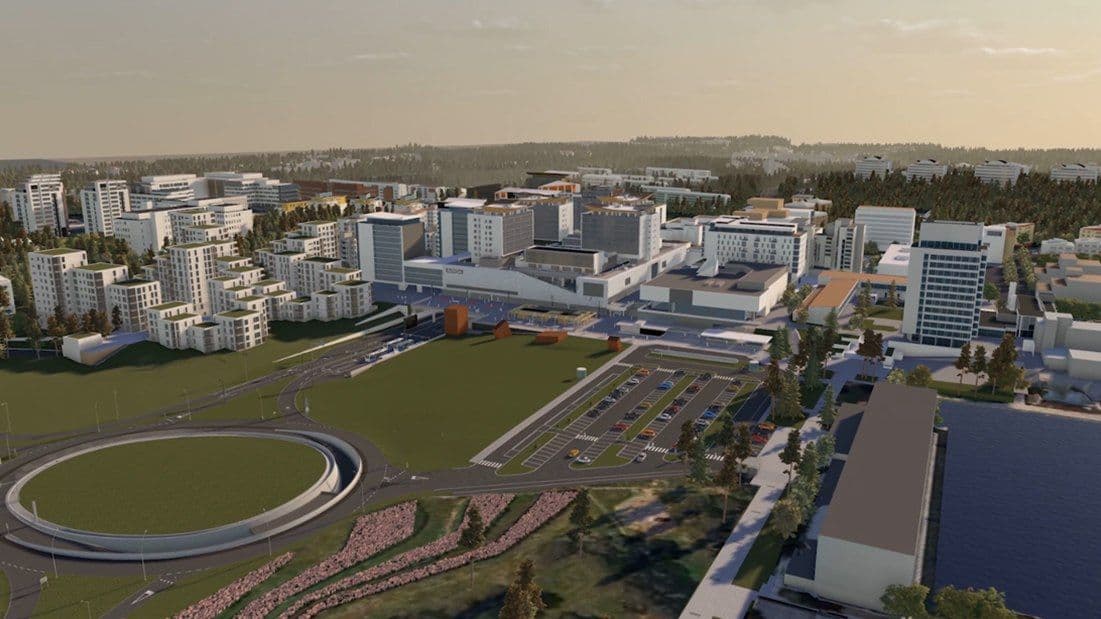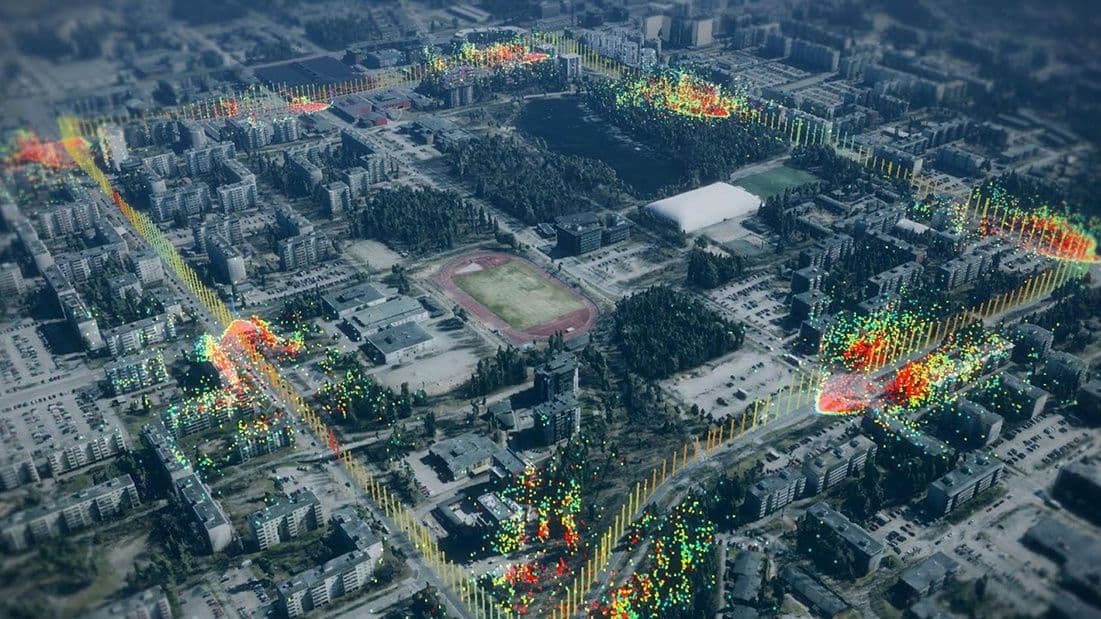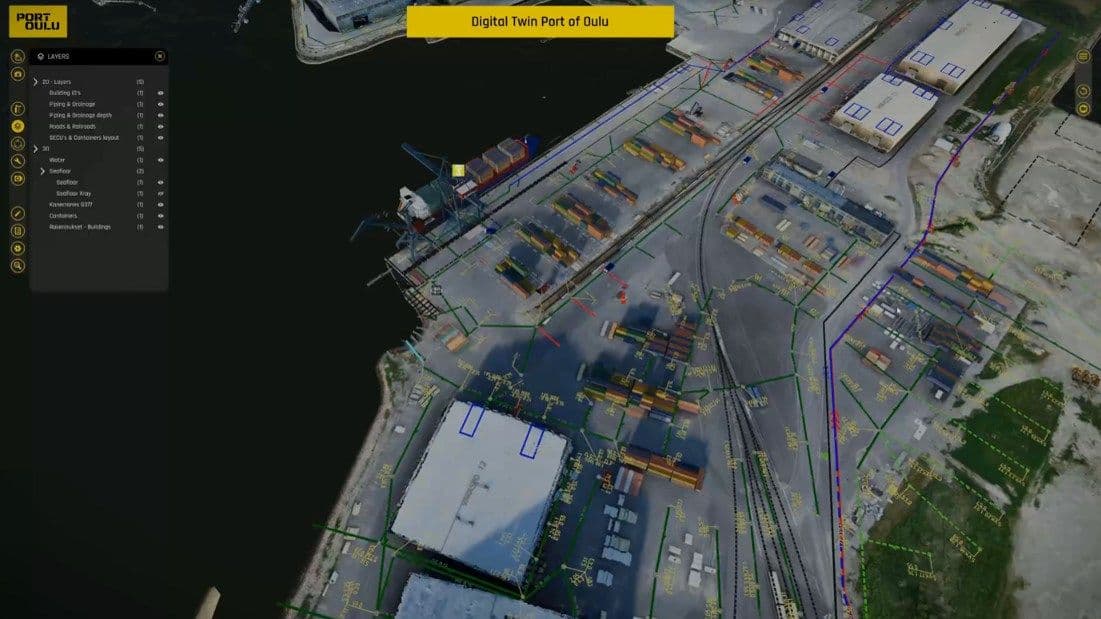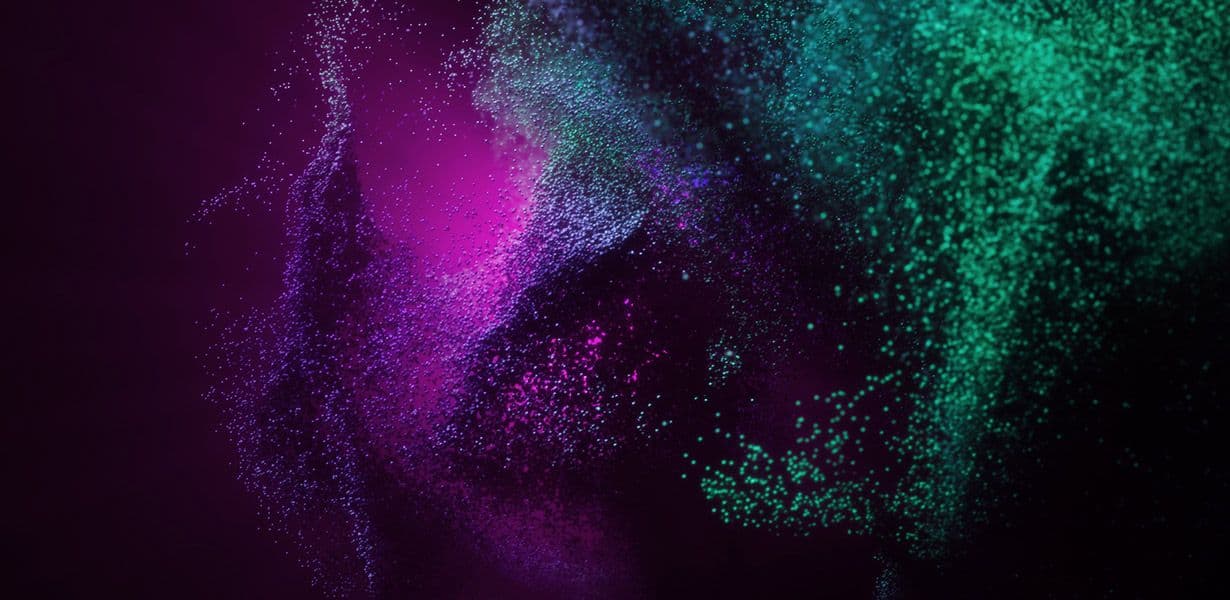
How do you make cities more sustainable, safe, and efficient living environments for people and businesses? Sitowise is rethinking the infrastructure and buildings of the future to make them the best possible settings for safe and carefree daily living. Using Unity, Sitowise created custom experiences to run real-time simulations, construct smart cities, and design digital twins. With over 1,900 built environment specialists in the Nordic countries, Sitowise aims to be a responsible partner in developing the most sustainable prosperous living environments.
Increase efficiency and accuracy, reduce environmental impact, and improve safety
PC, Varjo VR, HTC Vive, Oculus Go, Samsung Gear, Lenovo Explorer Mixed Reality, and tablets and smartphones for augmented reality (AR)
10, backed by almost 2,000 built environment experts at Sitowise
Espoo, Finland

Headquartered in Finland, Sitowise is a Nordic expert in the built environment, with a strong focus on digitality. Sitowise operates in three business areas: real estate and buildings, infrastructure design, and digital solutions. Known as “the smart city company,” its vision is to provide a durable and sustainable foundation for daily living. The company pushes the envelope, working with digital solutions that embrace cutting-edge technology.

Sitowise needed digital twin solutions that could offer a highly visual and intuitive user interface for observing and understanding both static and dynamic data within the built environment. With tools specifically designed and engineered for the architecture, engineering, and construction (AEC) industry, Sitowise turned to Unity’s real-time 3D development platform to create solutions like Aura, a virtual 3D environment for visualization, data management, and collaboration.


Up to 70% of the global population will be living in cities by 2050, according to the United Nations. That’s why Sitowise is working to create prosperous living both inside and outside of cities. The world needs a new approach to old processes and infrastructure to lead cities into the future.
“There is a huge opportunity for evolution in the city planning, construction, and logistics industries. In fact, it is a very necessary one,” says Niko Moreira, Specialist at Sitowise. “The current model is facing real challenges due to rapid urbanization, decreasing environmental resources, and global climate change. Smart cities and digital twins offer modern solutions to these challenges while creating optimized, sustainable, and human-centric urban environments for people to live in and enjoy.”
Smart cities, infrastructure, and digital twins go hand in hand. The use of a digital twin enables city planners, engineers, city management, and other stakeholders to use and share vital information about the infrastructure to take the “digital pulse of the city.” This data can be used to control, simulate, optimize, predict, and aid in intelligent data-based decision-making.
“To enjoy the full benefits of a digital twin in an urban setting, it needs to have smart city technology such as 5G and the internet of things (IoT) to act as the ‘digital umbilical cord’ to the real world,” says Moreira. “Digital twins and smart cities create sustainable urban environments and support new revenue streams and business opportunities for stakeholders, cities, private asset management, and so on.”

For over a decade, Sitowise has been spearheading the use of game engines in the AEC industry. Sitowise uses Unity – its development platform of choice – to create custom applications for digital twins, simulations, presentation models, and other types of visual digital asset representation that benefit from a real-time environment.
“Before, I was working with various open-source real-time graphics engines for visualization. There was also some geographic information system (GIS) work involved, so it wasn’t just pretty graphics, but there were too many steps,” says Moreira. “Then Unity changed the game and made real-time 3D a serious contender for the AEC industry. Now we use Unity on a weekly and even daily basis for projects that utilize real-time 3D, AR, or VR.”
Sitowise was looking for a real-time 3D digital twin environment that could visualize and simulate the built environment. The team decided to design and engineer it in-house using Unity. The result was Aura, Sitowise’s virtual environment for urban modeling, data management, real-time simulation, and interaction. Aura offers the full technological prerequisites for building a real-time, dynamic digital twin.
Aura’s virtual environment brings the invisible technologies of a smart city to the forefront. Information about intelligent traffic, smart streets, buildings and street furniture, or even human flows, come to life in 3D. For digital twins, Sitowise’s 3D real-time view expands to more dimensions, and the analysis of data flows and their common effects are visible in the digital twin alongside the real world.

The Port of Oulu in Finland wanted to create a digital twin of the port infrastructure and link it to various IoT sensors and data sources. In a port setting, a digital twin can be used to plan and optimize operations, manage and observe security, and provide a platform for communication and collaboration between stakeholders.
“A digital twin is perfect for a port environment. With a multitude of stakeholders and operations happening, optimal efficiency and security are key to a successful and sustainable operation,” says Moreira.
The loading and unloading of goods is one of the most important operational functions of a port. Even slight delays or issues can accumulate and have an exponential impact on the efficiency of port operations. Digital twins can provide a platform to observe and analyze the efficiency of these operations and focus on scenarios that require close observation to optimize operations for cost-effective and sustainable performance.
Using Aura, built on Unity’s real-time 3D development platform, Sitowise was able to create a digital twin of the port with high-quality visualization. Unity’s development platform allows the use of extended reality (XR) applications, incorporating dynamic weather and particle simulations when required. A dynamic and interactive digital twin of Port Oulu is helping to remove bottlenecks, reduce the environmental impact of transport and logistics flows, increased security and safety, improved efficiency and reliability of port operations, at reduced costs in the future.
“The Port of Oulu is re-envisioning how a digitalized port of the future will operate and Sitowise is proud to be part of bringing this vision to life with Unity,” says Moreira. “Our expertise in smart cities, digital twins, infrastructure, logistics planning, and engineering will aid us in providing modern digital services and competitive advantages to port stakeholders and exporting companies.”

Sitowise uses Unity beyond just Aura to offer comprehensive solutions for the entire lifecycle of a construction project and smart city, from lighting and 5G simulation to property and asset management.
The City of Espoo and Aalto Campus and Real Estate (CRE) needed a lighting simulator to research city models. This was accomplished using Unity and industry-standard Illuminating Engineering Society (IES) light profiles. The application accurately simulates lighting to help city planners and engineers test different lighting scenarios and see how the light behaves in urban environments. It can also test different types of luminaires from manufacturers and pair them with several types of lighting fixtures and poles.
In Hong Kong, Sitowise built a radio signal propagation simulator to simulate and prototype 5G signal behavior in an urban environment. Engineers and city planners can place and customize interactive radio signal sources and antennas in a physically accurate environment. This environment can be used to simulate the properties and behavior of radio signals using various technologies and test different scenarios and environmental factors, such as the effect of structures and foliage on signal strength.
Another client needed a digital asset and property management twin that combined building information modeling (BIM) data with issued for construction drawings (IFC) information of the building automation and heating, plumbing, and air conditioning (HPAC) systems. Sitowise linked the IoT sensor data and HPAC system with its specialized algorithm to monitor the optimal operation of the systems and control points. If anything is out of the ordinary, a notification is sent to the building automation system specialist to inspect the affected components. In this case, a digital asset management twin optimizes maintenance planning and costs and keeps the systems and building running healthily and sustainably.
